| Sagada’s annual Ap-apoy. |
Sagada’s Ap-apoy is a celebration of All Saints Day combined with the traditional way of commemorating dead loved ones.
During the late afternoon of November one, the people of Sagada visit the tomb of their dead loved ones carrying with them bundles of firewood. The practice was also adopted by the people who migrated to the place whose dearly departed are buried in the cemetery.
I went to this event hoping not only to understand the culture but to find the tomb of an American anthropologist and educator William Henry Scott. From what I heard, he fell in love with this place and made it his last resting place.
Miguel Talaney is one of the 15 foster children of Scott. Talaney, who is now 85 years old, was closest to the anthropologist as he and his family were the ones who stayed with him. The family explained to me how the tradition came to be.
In the old tradition of Sagada, lighted firewood is usually carried ahead to light the way when they bring their dead ones to his/her last resting place, either to the burial caves or to be included in what is now the famous hanging coffins.
“The light is a symbol that shines the way of the spirit of the departed,” said Lasangan. With the arrival of Christianity, cemeteries were created, and eventually, the people adopted this practice.
Came with Christianity was the annual observation of All Saints Day. But instead of candles, firewoods were used.
“It’s not only part of the tradition but it’s more practical as it doesn’t easily put out from the windy weather of Sagada,” said Willa Langbay, also a daughter of Talaney.
After the Ap-apoy, each family goes home to honor their loved ones over dinner. Sometimes, they are joined by invited guests. I was fortunate to be invited by the Talaney family.
| The Talaney family at William Henry Scott’s residence. Miguel was standing 2nd from right. |
Ap-apoy is open to visitors as long as they observe the solemnity of the event. Contrary to some misleading info by some travel agencies, this event is not a festival, and group tours are usually closed to this part of town during this event.
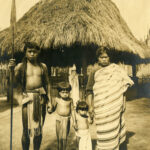 Igorots: The so-called savages of the Cordilleras
Igorots: The so-called savages of the Cordilleras  Od-odio, the Narra Tree Song
Od-odio, the Narra Tree Song 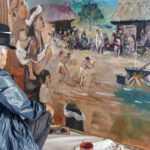 Baguio Creatives finding ways to rise above Pandemic
Baguio Creatives finding ways to rise above Pandemic  Baguio City Creative Christmas Trees
Baguio City Creative Christmas Trees 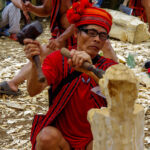 How a wooden spoon started a creative village
How a wooden spoon started a creative village  The Sagada Way
The Sagada Way  The Mountain Trail Thrill
The Mountain Trail Thrill  Baguio stages first Creative Festival
Baguio stages first Creative Festival 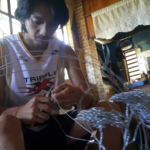 Wire Art, a miner’s lifeline
Wire Art, a miner’s lifeline 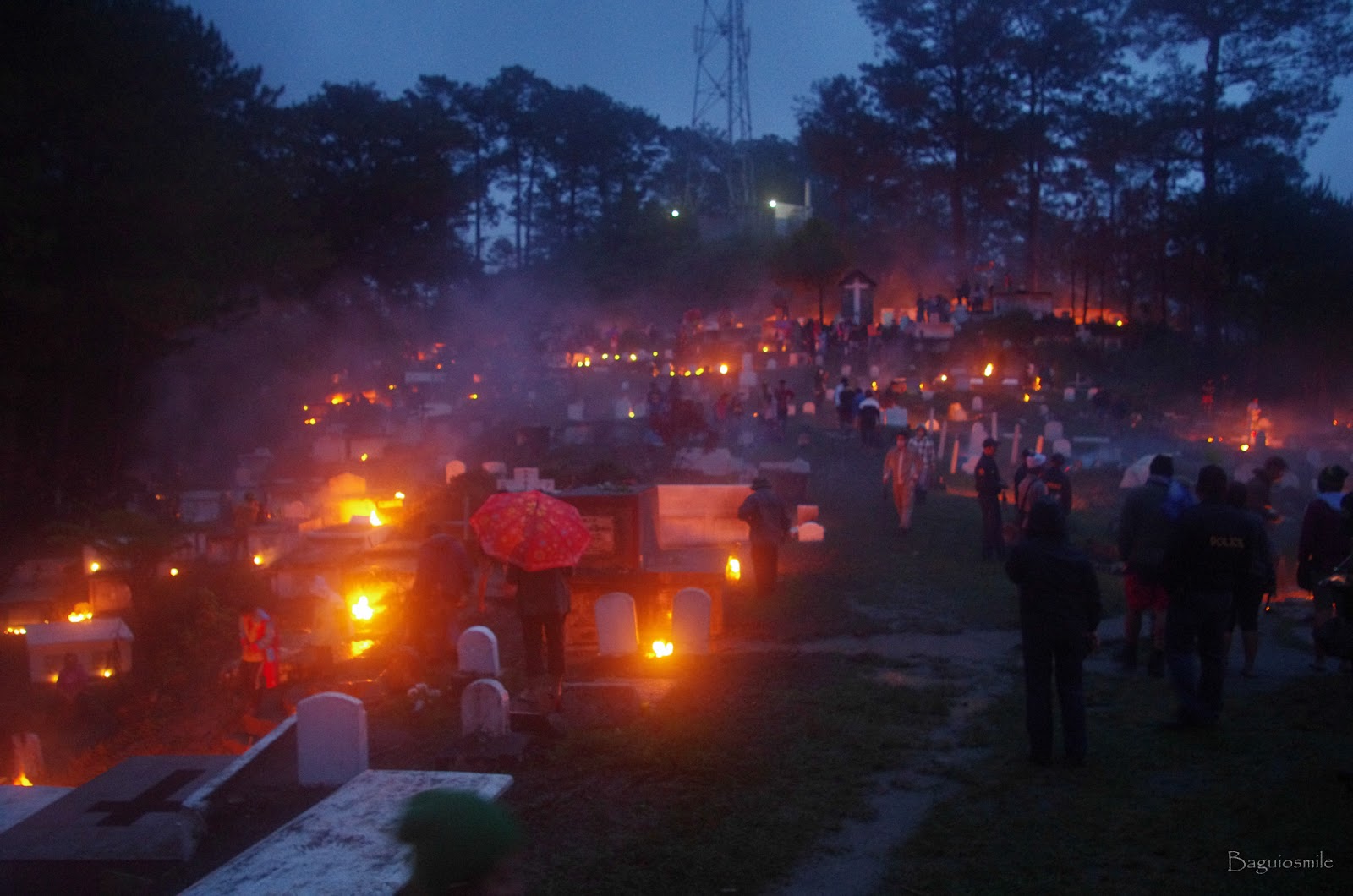
hi!,I really like your writing very a lot!
share we be in contact more about your article on AOL?
I require a specialist on this house to resolve my problem.
May be that is you! Taking a look ahead to look you.
Thank you for dropping by my site. Yes I am a freelance writer.
I got what you mean,saved to fav, very decent website. Connie Hogan Hedi
As the admin of this web site is working, no doubt very shortly it will be well-known, due to its quality contents. Aleta De Witt Cram
Thank you for your blog. Really thank you! Keep writing. Sharyl Rodolfo Moitoso
Hi, I wish for to subscribe for this web site to get latest updates, so where can i do it please help. Gwennie Lauritz Athelstan
I love this, but I do have a question. Do you mind chatting?